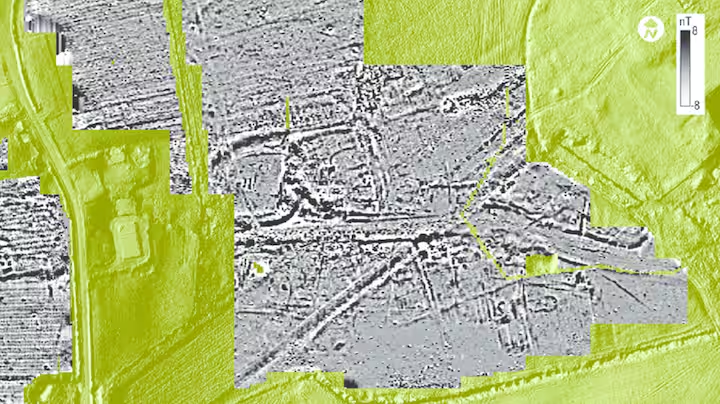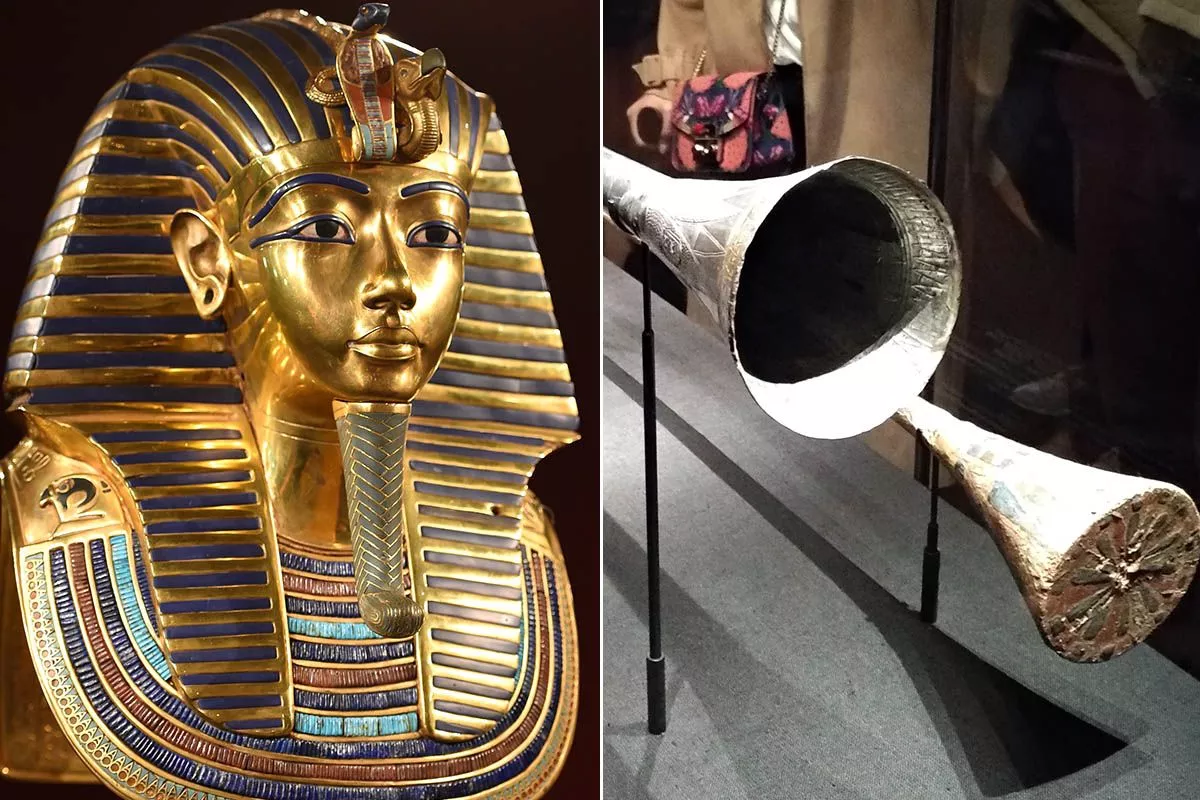Ancient Egyptian Innovations: Pioneering Civilization's Legacy
Ancient Egypt, renowned for its rich culture and enduring legacy, was a civilization of remarkable ingenuity and innovation. From monumental architecture to intricate writing systems, the ancient Egyptians left an indelible mark on human history with their numerous inventions and technological advancements. Here, we explore fifteen of the most significant inventions that exemplify the ingenuity and creativity of this ancient civilization.
Papyrus: Among the most enduring contributions of ancient Egypt is the invention of papyrus, a paper-like material made from the papyrus plant. This versatile writing medium revolutionized communication, allowing Egyptians to record their history, literature, and administrative documents with greater efficiency and durability than ever before.
Hieroglyphics: The ancient Egyptians developed one of the earliest writing systems known as hieroglyphics. Combining logographic and alphabetic elements, hieroglyphics adorned temple walls, tombs, and monuments with intricate symbols that conveyed both mundane and divine messages, preserving their culture and beliefs for millennia.
Calendar: Egyptian astronomers devised a sophisticated calendar system based on lunar and solar cycles, guiding agricultural activities and religious observances. This early calendar influenced subsequent civilizations and laid the foundation for modern timekeeping systems.
Obelisks: Symbolizing power and divine authority, obelisks were towering stone monuments erected by the ancient Egyptians. Carved with hieroglyphs and adorned with intricate designs, these majestic structures served as commemorative markers and symbols of the pharaohs' enduring legacy.
Pyramids: Perhaps the most iconic of all ancient Egyptian innovations, the pyramids stand as awe-inspiring testaments to the civilization's architectural prowess. Built as monumental tombs for pharaohs, these colossal structures showcase the Egyptians' mastery of engineering and their unwavering commitment to the afterlife.
Mummification: Central to Egyptian religious beliefs was the practice of mummification, a meticulous process of preserving the body for the journey to the afterlife. Through elaborate rituals and embalming techniques, the ancient Egyptians ensured the eternal preservation of the deceased.
Shaduf: The shaduf, a simple yet ingenious irrigation tool, played a vital role in Egyptian agriculture. Consisting of a lever and a counterweight, the shaduf enabled farmers to lift water from the Nile and irrigate their fields, contributing to the civilization's agricultural prosperity.
Sundial: Egyptians relied on sundials to measure time by tracking the sun's movement and casting shadows on calibrated surfaces. These early timekeeping devices were essential for scheduling agricultural activities and religious ceremonies, reflecting the Egyptians' keen understanding of celestial phenomena.
Kohl: A cosmetic invention with both practical and symbolic significance, kohl was a dark pigment made from various minerals. Egyptians applied kohl around their eyes to reduce glare from the sun, protect against eye infections, and evoke the divine protection of the gods.
Hieratic script: To streamline administrative and religious writing, ancient Egyptians developed hieratic script, a cursive form of hieroglyphics. This simplified writing system facilitated the recording of official documents, temple records, and religious texts, ensuring the efficient transmission of knowledge and information.
Shadoof: Another innovative irrigation device, the shadoof, enabled Egyptians to lift water from lower to higher elevations using a lever and counterweight system. This simple yet effective tool revolutionized agriculture, allowing farmers to cultivate crops in arid regions and maximize agricultural productivity.
Papyrus boat: Egyptians pioneered the construction of boats and rafts using papyrus reeds, which they used for transportation, trade, and exploration along the Nile River and other waterways. These lightweight vessels played a crucial role in facilitating trade and communication throughout the ancient world.
Faience: A type of ceramic made from quartz sand and other materials, faience was used by ancient Egyptians for pottery, jewelry, and decorative objects. Known for its vibrant colors and durability, faience artifacts adorned temples, tombs, and royal palaces, reflecting the Egyptians' exquisite craftsmanship and artistic sophistication.
Faiyum Portraits: In the Greco-Roman period, Egyptians developed a unique style of funerary portraits known as Faiyum portraits. Painted on wooden panels and placed over mummies' faces, these lifelike portraits preserved the memory and likeness of the deceased, providing insights into ancient Egyptian society and culture.
Cosmetic Jars: Egyptians crafted elaborate cosmetic containers and jars from materials such as alabaster, glass, and faience. These intricately decorated vessels stored perfumes, oils, and other beauty products, reflecting the Egyptians' appreciation for luxury and personal grooming.
From the monumental grandeur of the pyramids to the everyday practicality of the shaduf, ancient Egyptian innovations continue to inspire awe and admiration centuries after their creation. Through their ingenuity and creativity, the ancient Egyptians left behind a lasting legacy that continues to shape our world today.







